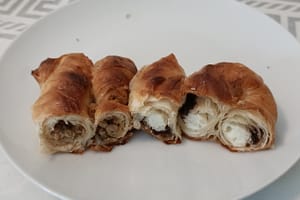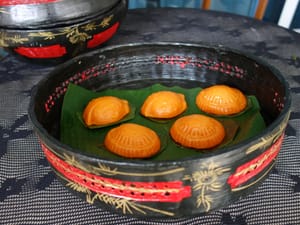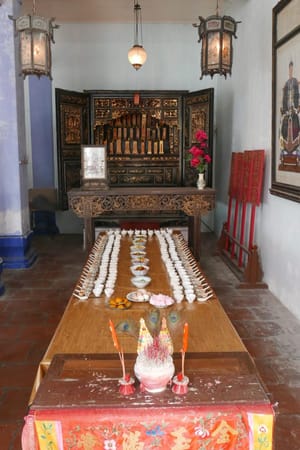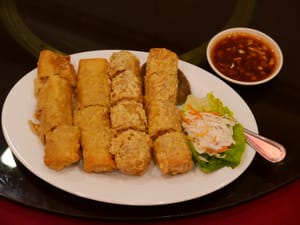
The Murtabak: Techniques, Traditions and Regional Variations
8 min read
Penang murtabak is very elaborately prepared when compared to that from other parts of Southeast Asia. My findings are based on its traditional preparation at Hameediyah and the now-defunct Merah restaurants.











